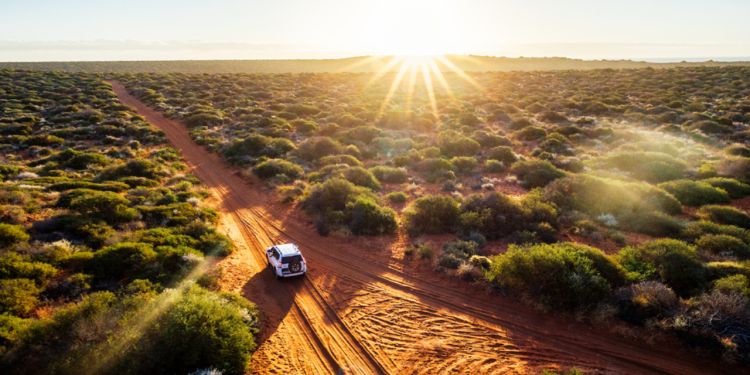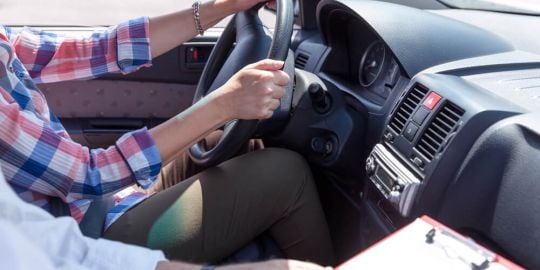Driving in Australia

Driving is a necessity in Australia, due to its vast spaces, scenic roads and the convenience that a car brings to everyday life. If you are considering driving in Australia, you will need a license and remember that you will be driving on the left side of the road.
Driver's license in Australia
Driving laws in Australia differ from state to state. Therefore, it is advisable to check the Australian government website for more information, depending on the state you wish to drive in. Important: Most Australian states allow driving with a foreign license written in English for three months. You will then need to convert your license.
If your license is not in English, before you leave, apply for an international license from the authorities in your home country. Otherwise, you can convert your driver's license once in Australia. Good to know: In Victoria, Vic Roads will guide you through the process.
You may be required to take a knowledge or driving test, depending on where your license was issued.
Tips for driving in Australia
Even if you are a very experienced driver in your home country, take the time to read the Australian Highway Code carefully, as the rules may be slightly different.
Important:
In rural and remote areas, it is best to avoid driving at night, dusk or dawn, as animals, such as kangaroos, are likely to come out to feed, which can lead to accidents. In addition, roads are not always well lit in remote areas, making seeing wildlife more difficult. Large transport trucks, the so-called "road trains", are common on country roads. It is often helpful to pull over to the side to allow them to pass you. Remember to take breaks on long drives to rest and refocus.
Australian law requires drivers and their passengers to wear seat belts at all times. Failure to do so will result in the driver being held responsible and fined. The blood alcohol limit while driving is 0.05% and 0% for learners or drivers with provisional licenses (P-plates). There is no shortage of random checks in Australia, especially during busy periods such as Christmas and Easter.
If you are drunk and driving, the fine will be heavy, not to mention the suspension of your license: 433 AUD on the spot, up to 2,200 AUD, and several points off. Speed limits are clearly marked along the roads. If you are not sure of the speed limit, drive at 50 km / hour in urban areas.
Important: Remember that driving is on the left side in Australia.
Importing your car into Australia
Importing your own car to Australia can be time consuming and expensive, especially since you can also buy a car locally. Most expatriates prefer to sell their cars and buy them at their destination.
To buy a new or used car, you will find dealerships in most major cities. Used cars are also plentiful on car sales websites, Gumtree and even Facebook Market. Like most places, owning a car in Australia involves some expenses:
- Registration (about 800 AUD per year on average), depending on the state of residence,
- Technical inspection before registration,
- Civil liability insurance, which is mandatory (about 60 AUD per month)
- Comprehensive insurance, about 1300 AUD per year and more expensive if you are less than 25 years old, to guarantee the vehicle in case of an accident.
Between the various maintenance works, gasoline, tolls and parking fees, it is strongly advised to budget for this part, especially if you travel daily and if you frequently use toll roads, such as the Harbor Bridge in Sydney. Finally, gasoline in Australia is sold by the liter and can be more expensive than in other countries, so expect to pay more in remote areas.
Useful Link:









